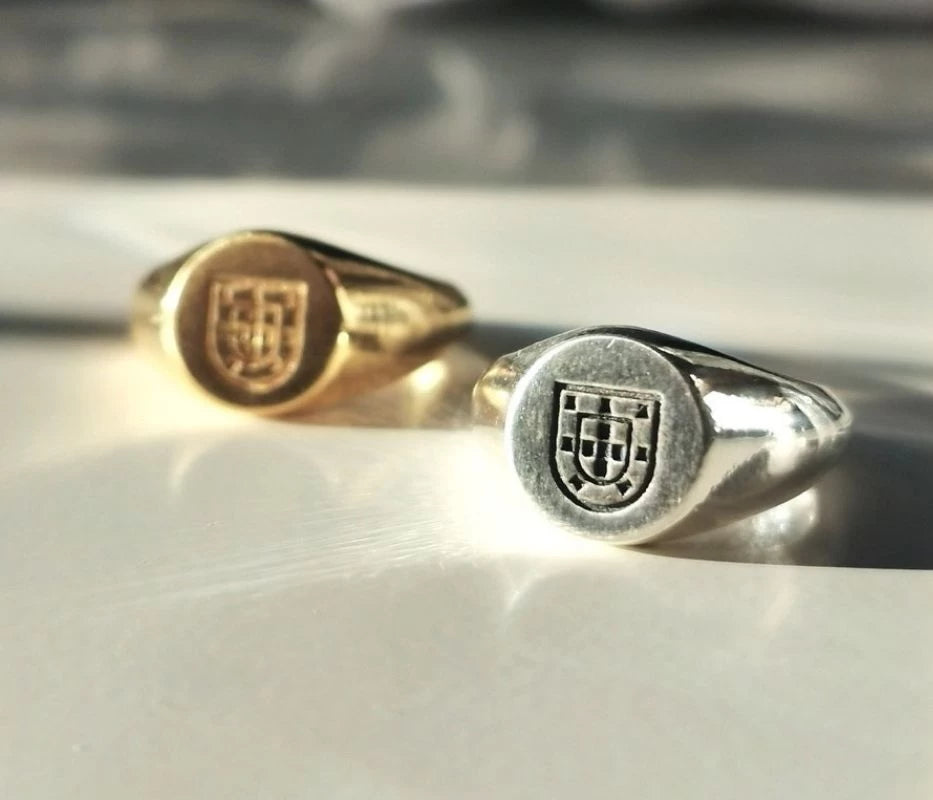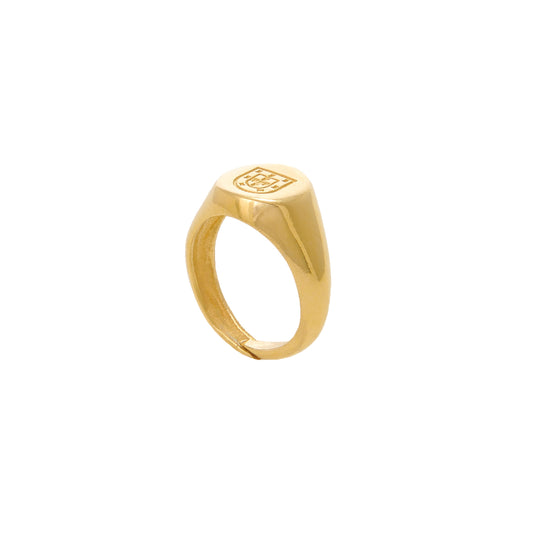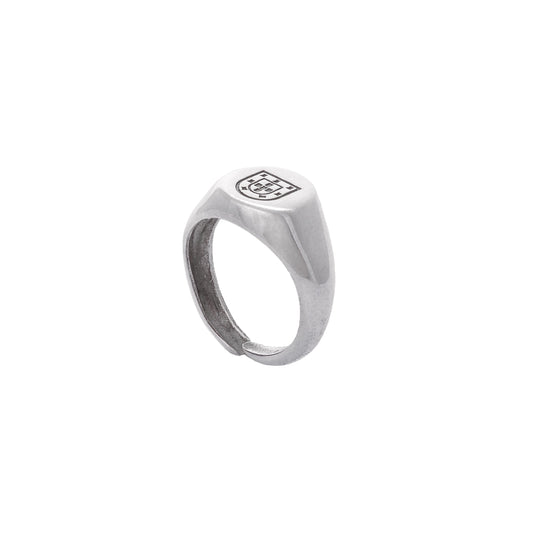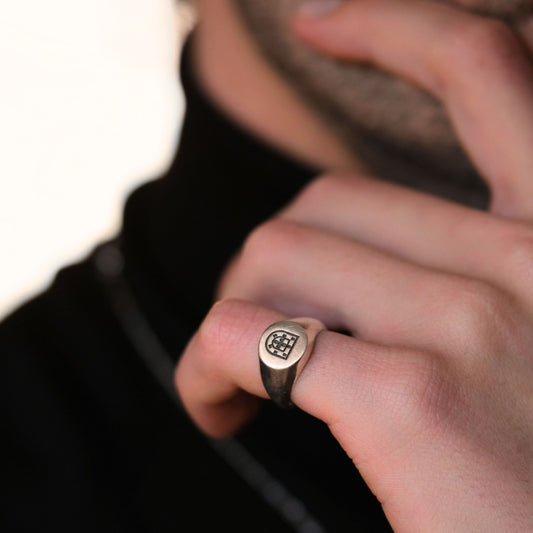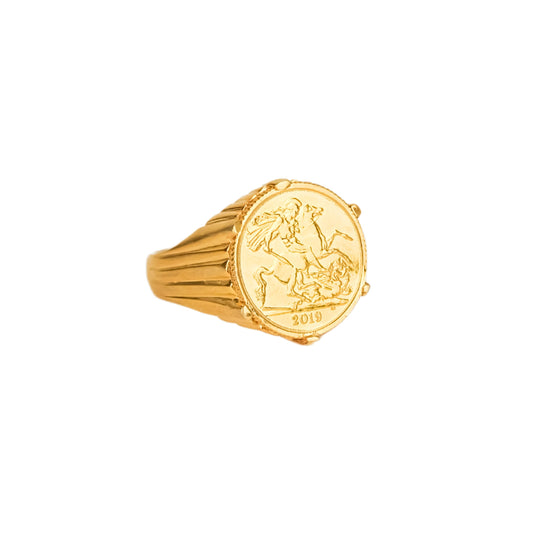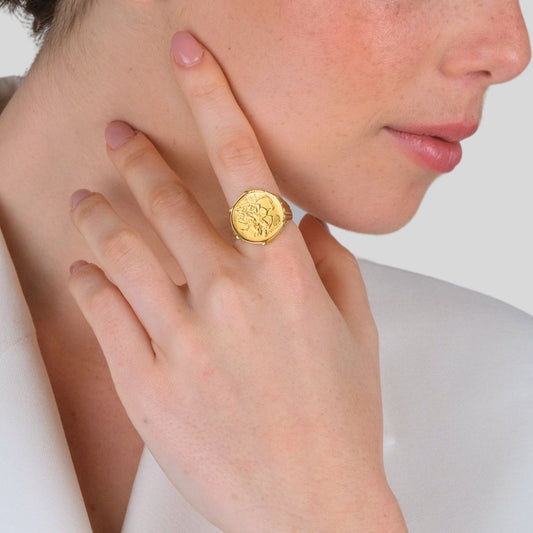História do anel de sinete
Sabia que antigamente estes eram utilizados para fechar cartas com a ajuda de cera ou lacre? Conheça a história por detrás destes peculiares anéis.
Sinete ou selo é um pequeno objeto com uma face plana em que é lavrado um brasão, um nome ou outro símbolo que, em outros tempos funcionou como uma espécie de assinatura, em representação de um indivíduo (um monarca ou alto funcionário) ou de um coletivo (um país/nação ou guilda profissional).
Como funcionava o sinete?
Este podia ser feito de variados materiais, desde madeira a ouro ou prata, ou mesmo de pedras duras. Aplicava-se um pouco de cera derretida sobre o documento a certificar e pressionava-se o sinete sobre a cera, que depois de seca ficava com a impressão do mesmo em relevo. Isto a ocidente, já que em países como a China ou o Japão, em vez de cera usavam tinta escura extraída de chocos e lulas, ou seja, estes símbolos acabavam por ser carimbados.
Tratando-se de um objeto com uma importância tão grande, pois podia substituir uma assinatura e também para facilitar o seu uso, desde muito cedo que o sinete passou a ser usado em forma de anel, estava sempre à mão.
Os primeiros selos
Os primeiros selos datam de cerca de 3000 anos a.C. e tal como a invenção da escrita surgem de uma necessidade muito prática. Os grupos e tribos de algumas dezenas de indivíduos vão dar lugar a sociedades complexas com vários milhares. Os antigos chefes tribais são agora príncipes que reinam sobre centenas e centenas de almas, e os seus reinos têm agora fronteiras que se perdem no horizonte. Uma única pessoa não pode avaliar e assinar toda a documentação inerente à administração quotidiana de um império, é preciso delegar. O monarca entrega aos seus governadores provinciais cópias do selo régio que, para além da utilidade para que foram criados, acarretavam também para as pessoas que os detinham um distintivo social, aquele funcionário era o substituto local do rei.
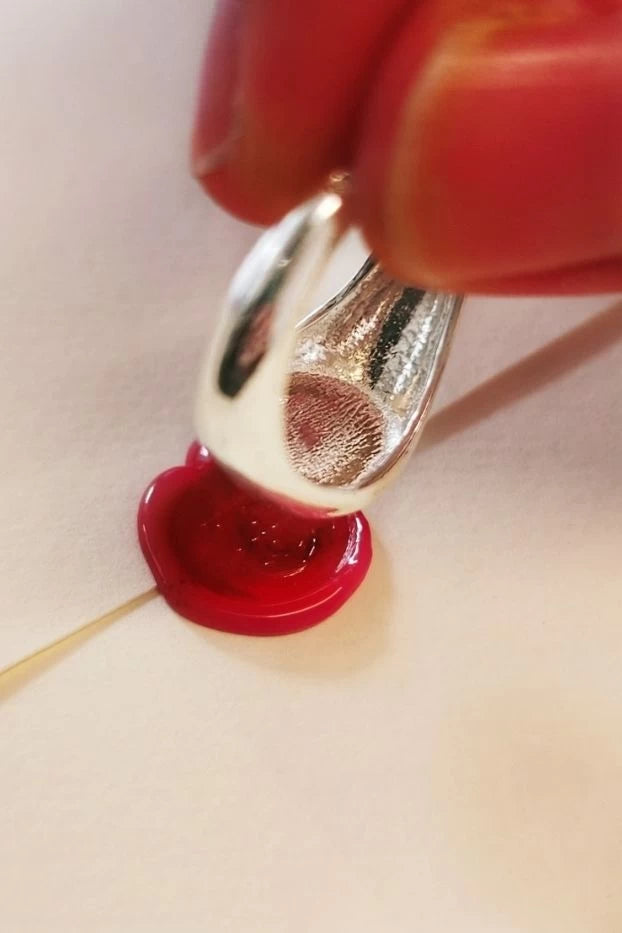
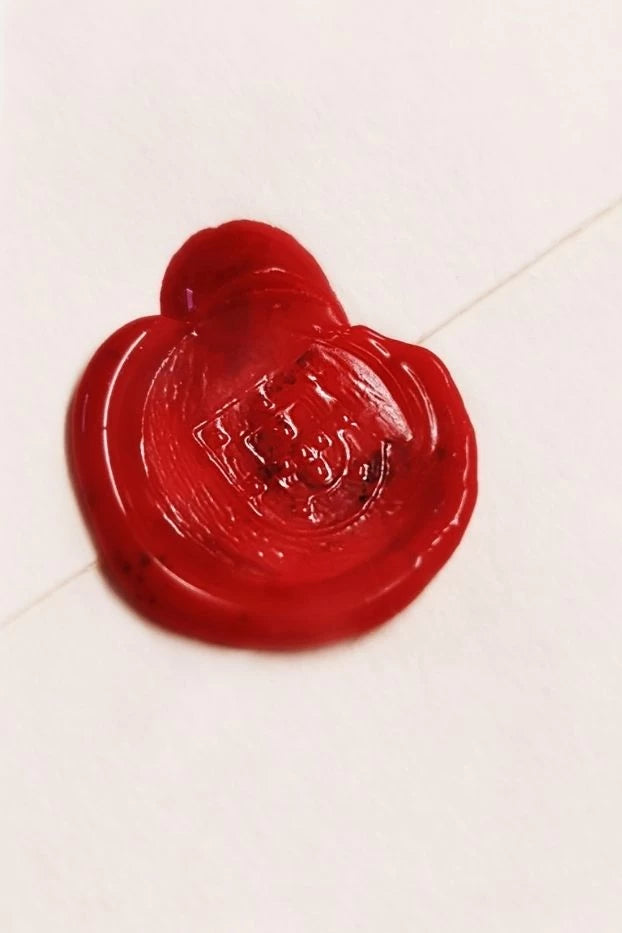
A sua utilização pode ser também observada em correspondência, usando a cera ou lacre para fechar a carta e garantir de certa forma a sua inviolabilidade até chegar ao destinatário. Ou então em documentação diplomática, em que estes selos são usados como complemento às assinaturas dos intervenientes.
Com o passar do tempo estes selos, especialmente os anéis de sinete, de cariz mais pessoal, os que representavam os brasões de família, mais do que serem usados como uma assinatura, começam a adquirir um estatuto de distinção social. Quem usa um anel de sinete é geralmente um nobre, automaticamente pelo brasão do seu anel ele tem como demonstrar quem é, isto num tempo anterior ao Cartão de Cidadão e documentos similares. E claro, todos aqueles que não eram aristocratas, mas que tinham pretensões de estatuto social usavam também estes anéis.
O anel de sinete hoje
Muitos destes exemplos continuam a ser comuns nos nossos dias. Veja-se nas monarquias atuais como muitos dos seus membros masculinos continuam a usar no dedo mindinho um anel com o brasão da sua linhagem, alguns académicos usam os chamados anéis de fim de curso que os identificam como doutores nas suas áreas, ou um dos mais famosos de sempre o chamado Anel do Pescador, o anel do Papa. Este é um dos símbolos mais emblemáticos do chefe da Igreja Católica Romana. Tanto que sempre que um Papa morre, uma das primeiras cerimónias que se verifica é o quebrar do seu anel.


